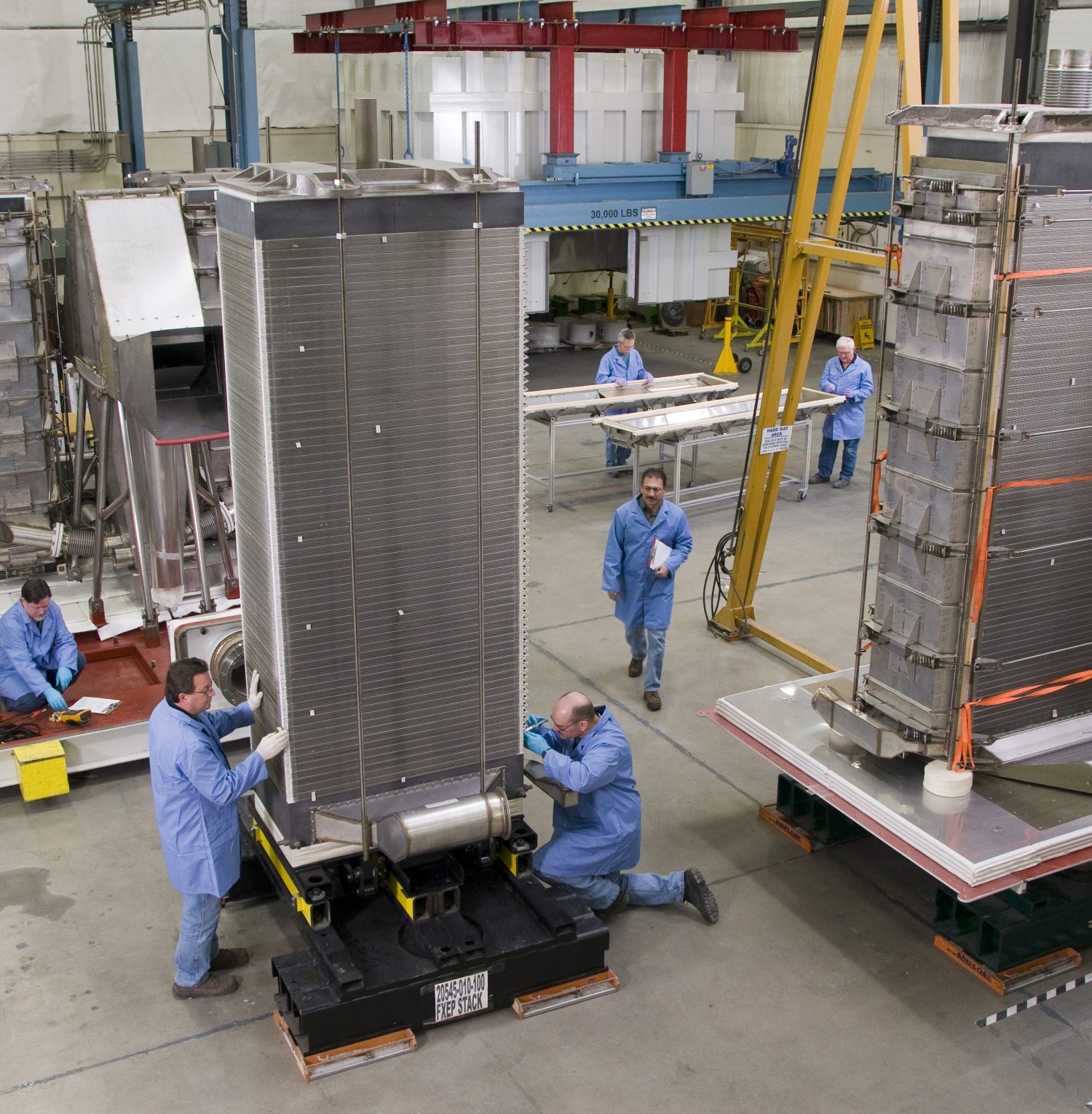When it comes to carbon capture and storage (CCS) research, scientists focus on a keyword: efficiency.
That’s because, while CCS is an essential technology that can help the world reach the Paris goals, existing solutions can be costly and energy-intensive.
FuelCell Energy and ExxonMobil are working to develop a game-changing CCS device that concentrates and captures up to 90% of CO2 emissions from exhaust streams and uses less energy than current solutions. The efficient design uses advanced fuel cells, battery-like devices that show enormous promise for efficient carbon capture.
The partners have renewed their joint R&D work to create a fuel cell CCS system that’s economical, scalable and deployable within ExxonMobil’s operations and beyond. The two-year agreement, worth up to $60 million, will enable research on how to capture emissions at power plants and industrial facilities (including refineries and chemical plants).
ExxonMobil has long been a leader in utilising and advancing carbon capture technology and in 2016 launched a partnership with FuelCell Energy to advance this work. Together, scientists and engineers began the ambitious task to create a more efficient, modular design that could have a huge global impact, especially when deployed in the industrial and electricity sectors.
Here’s a look at the potential technology for CO2 emissions reduction and the people behind it.
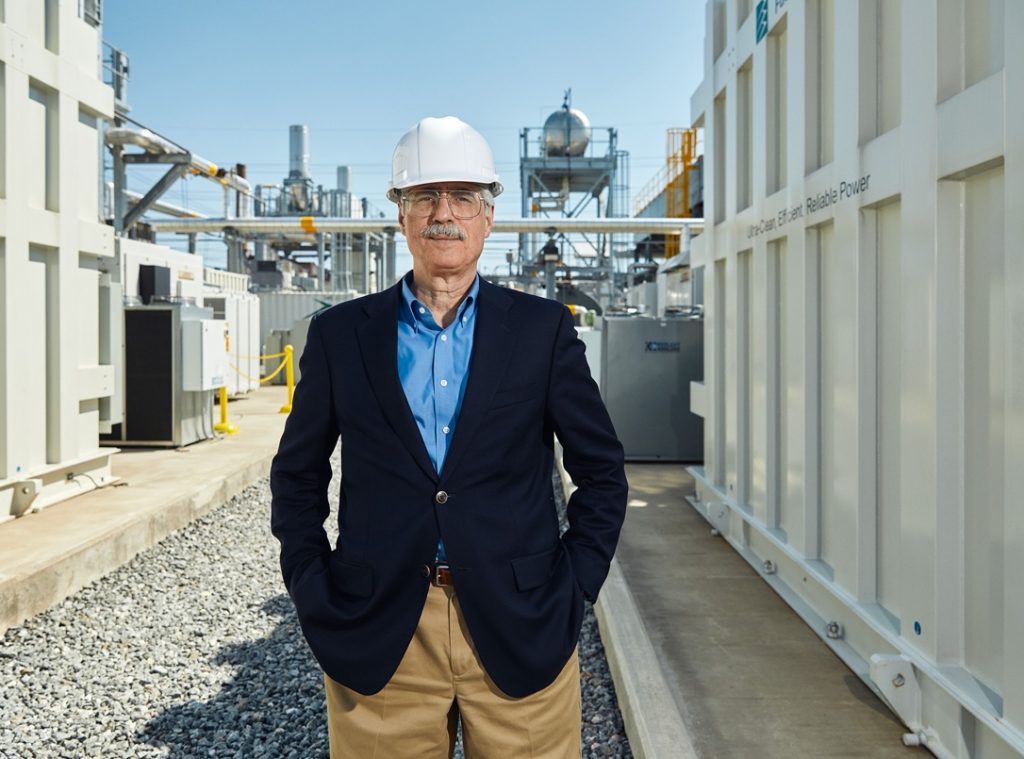
Tony Leo is FuelCell Energy’s Chief Technology Officer.
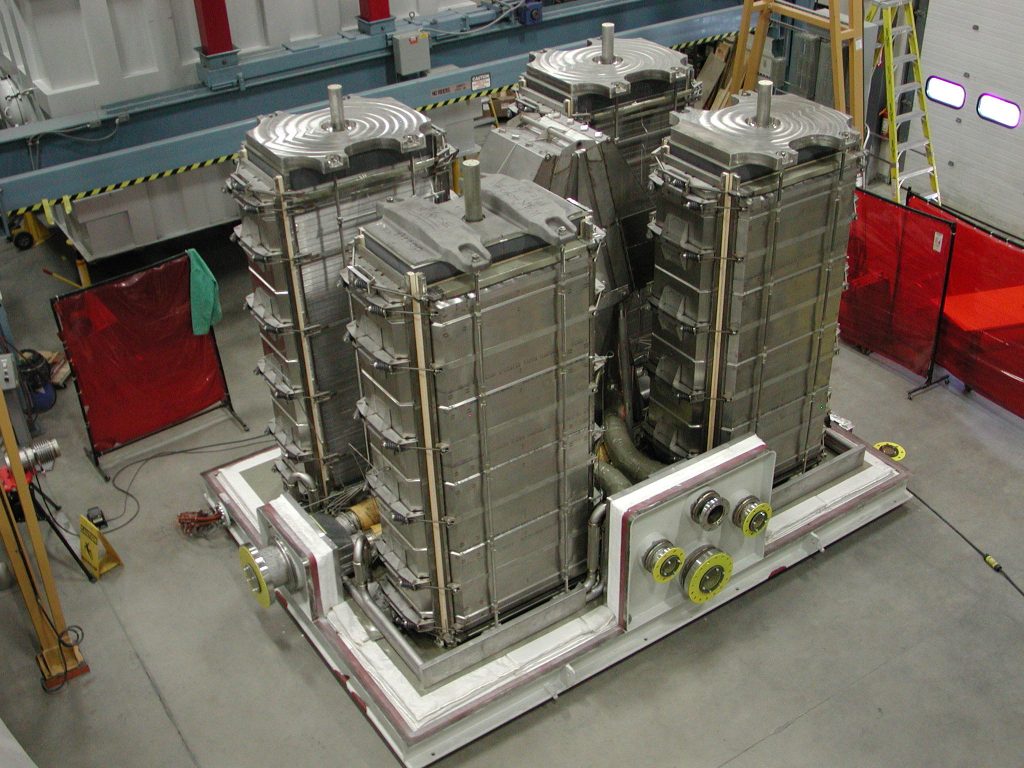
Fuel Cell carbon capture has the potential to lower emissions from exhaust streams at power plants, refineries, and chemical plants.
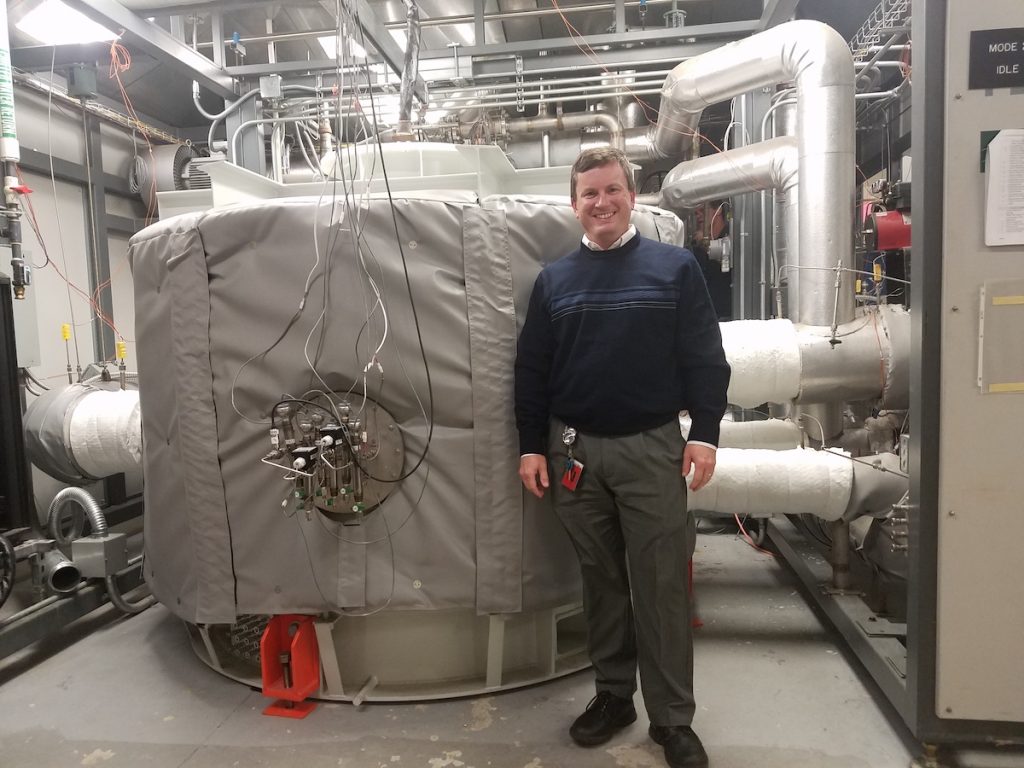
Tim Barckholtz is a senior scientific advisor at ExxonMobil. He leads the company’s technical work in CO2 capture technologies.
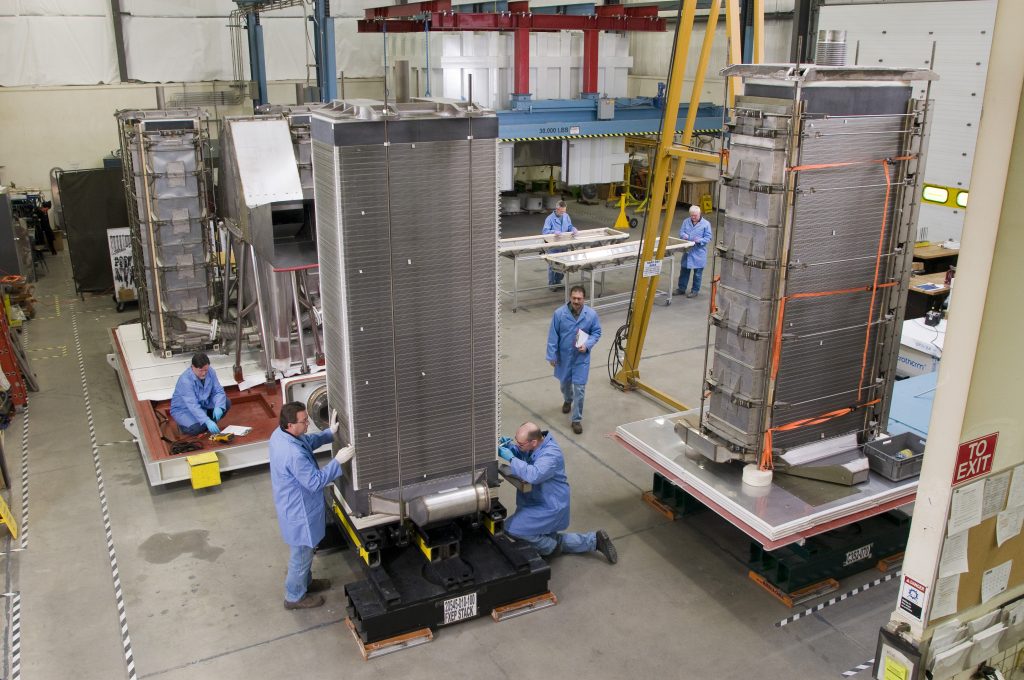
Researchers develop fuel cell “batteries” to capture carbon dioxide while simultaneously generating power.
